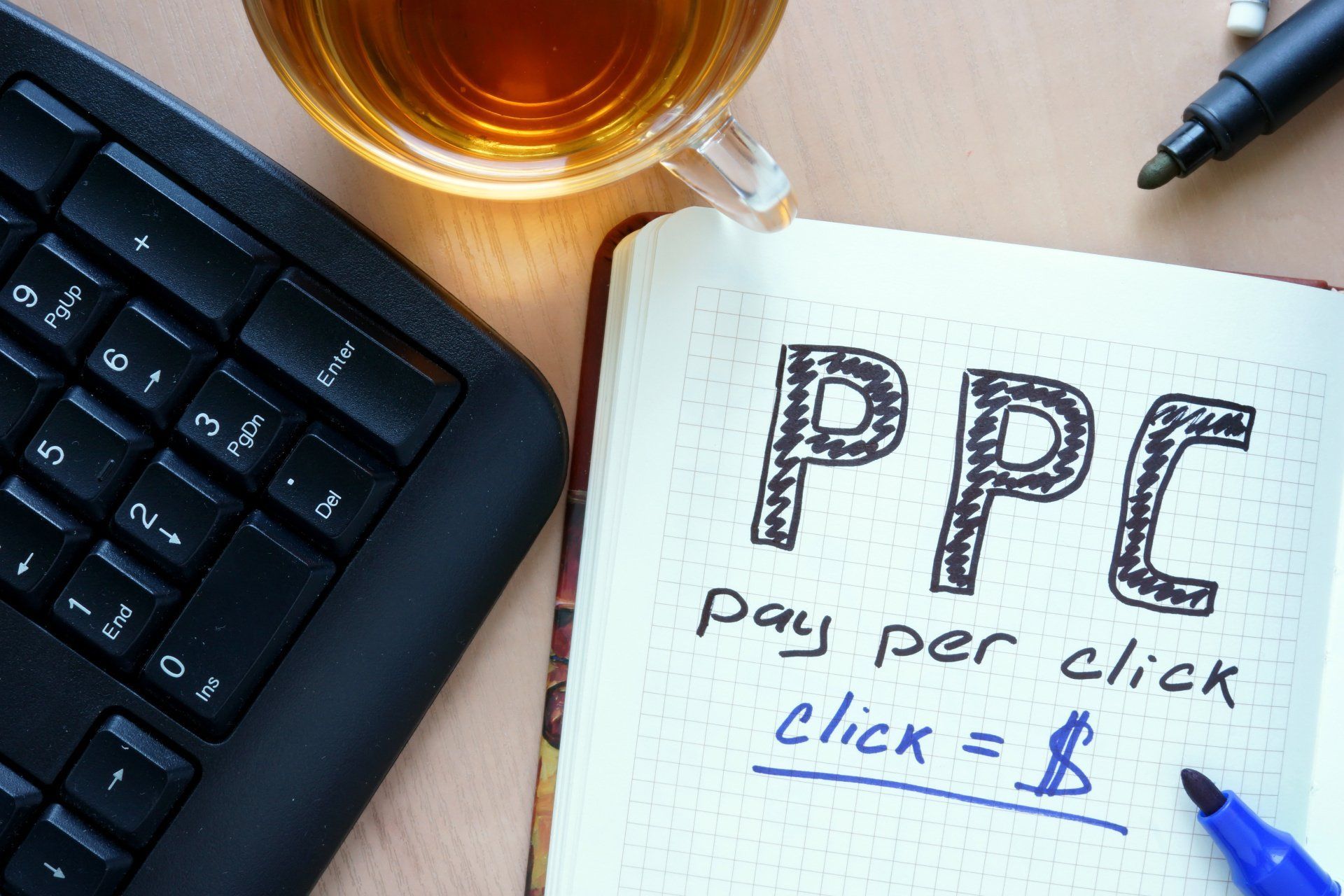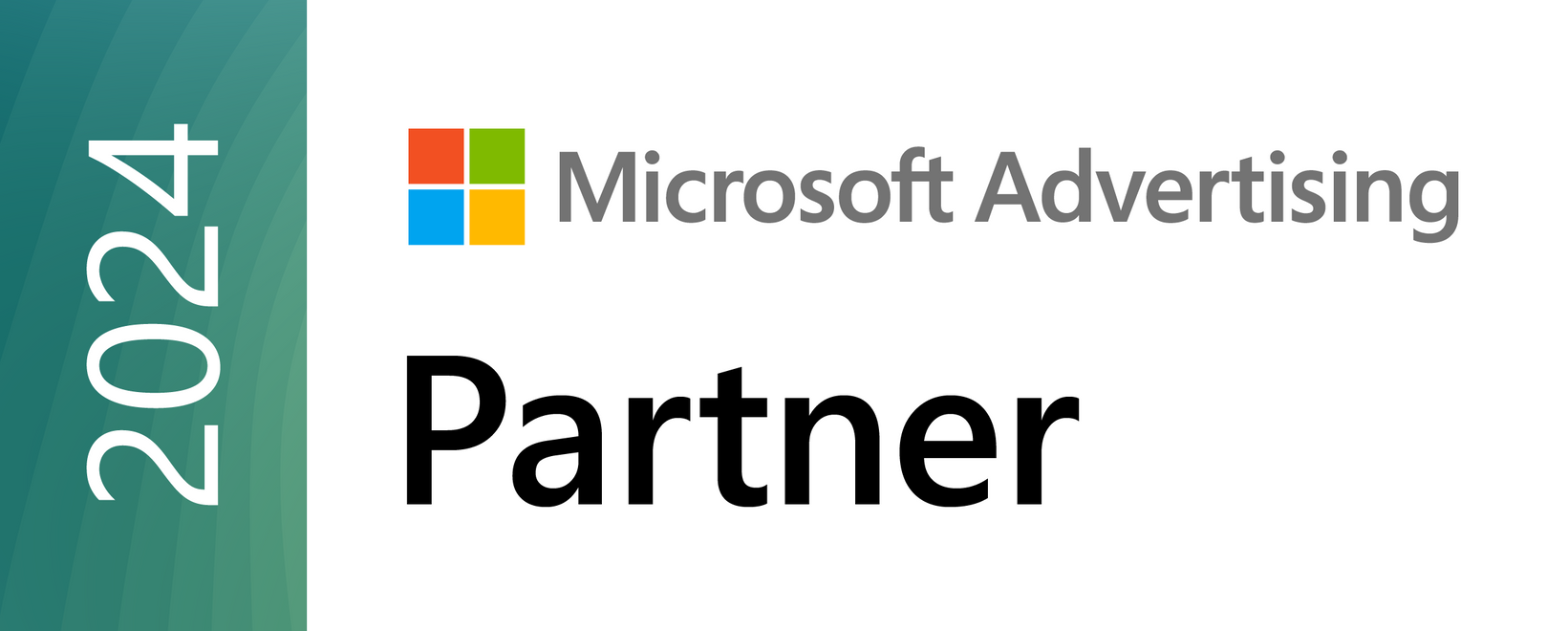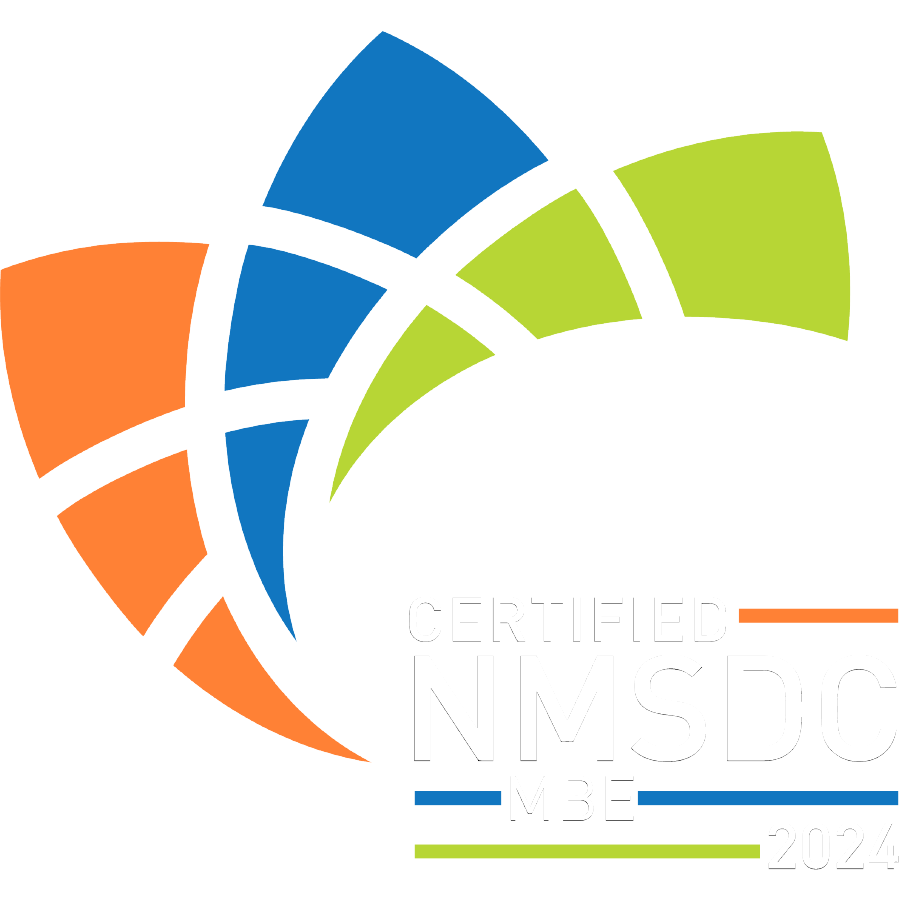What Is PPC and What Are the Key Terms to Know?

PPC stands for Pay Per Click (sometimes written as Pay-Per-Click Marketing). Any digital advertising that involves paying for a click on an ad can be categorized as PPC, although it’s frequently used as shorthand for Google ads. The term “paid search” can be used synonymously with PPC.
A paid search ad is one that appears in search results when a searcher types in a relevant inquiry. If someone with a clogged drain types “drain cleaner near me” into Google, a local plumber’s PPC ad will appear at the top of the SERP (search engine results page). The plumber won’t be charged for the ad placement unless the searcher clicks on their ad, hence the “pay” in the “per click.”
Pay-per-click advertising offers several valuable features for businesses of all kinds:
Why does that matter? The vast majority of people (an estimated 76 percent ) are searching when they need a product or service and about 86 percent of those searchers are on Google. If your ads pop up when that inquiry is entered, you can potentially drive a sale. If your ads aren’t there, it’s far more likely that potential customers will find a competitor who does have an ad on Google. In addition to helping drive traffic to your website or landing page, which may convert into leads, there’s also an opportunity cost for failing to advertise on search. Businesses that don’t use paid search are essentially ceding the marketplace to competitors.
Your ad’s placement on the page will be dictated by “Ad Rank,” which is determined by multiplying your cost-per-click (CPC) bid by your ad’s quality score.
The cost per click is determined by dividing the ad rank of the ad below your ad by your quality score and adding a cent. The quality score is determined by:
The exact weight of the various quality score factors and how they’re measured is not public knowledge. Google ad specialists at marketing agencies like REV77 must use their extensive experience running Google campaigns to make strategic choices that maximize quality score.
CPM is a common banner ad practice since websites can clearly calculate views and the cost for having a banner ad on a page by views. If a website charged a $15 CPM, that means the advertiser would be charged $15 every time 1,000 viewers saw the page (and the ad).
A paid search ad is one that appears in search results when a searcher types in a relevant inquiry. If someone with a clogged drain types “drain cleaner near me” into Google, a local plumber’s PPC ad will appear at the top of the SERP (search engine results page). The plumber won’t be charged for the ad placement unless the searcher clicks on their ad, hence the “pay” in the “per click.”
Pay-per-click advertising offers several valuable features for businesses of all kinds:
- Your ads appear as soon as a searcher shows an interest in the exact service or product you sell
- You don’t pay for the ad’s placement until someone clicks on the ad
- Google doesn’t publish daily search volume, but estimates range from 3.7 billion to 8.5 billion searches every day, roughly a quarter of which is from the U.S., where Google Search has a market share of about 86 percent
Why does that matter? The vast majority of people (an estimated 76 percent ) are searching when they need a product or service and about 86 percent of those searchers are on Google. If your ads pop up when that inquiry is entered, you can potentially drive a sale. If your ads aren’t there, it’s far more likely that potential customers will find a competitor who does have an ad on Google. In addition to helping drive traffic to your website or landing page, which may convert into leads, there’s also an opportunity cost for failing to advertise on search. Businesses that don’t use paid search are essentially ceding the marketplace to competitors.
Who Decides on Where PPC Ads Appear?
Anyone familiar with search knows that there’s competition for the valuable real estate on the SERP. There may be three “Google Guaranteed” ads at the very top of the page, followed by three more text ads, followed by listing information and a map before you finally reach “organic” (non-paid) search results. There are then a few more ads at the bottom of the SERP.Your ad’s placement on the page will be dictated by “Ad Rank,” which is determined by multiplying your cost-per-click (CPC) bid by your ad’s quality score.
The cost per click is determined by dividing the ad rank of the ad below your ad by your quality score and adding a cent. The quality score is determined by:
- Click-through rate (CTR) (the most important)
- Relevance of ad copy (ad text)
- Relevance of keywords to ad groups
- Your historic Google Ads performance
- Landing page relevance and quality
The exact weight of the various quality score factors and how they’re measured is not public knowledge. Google ad specialists at marketing agencies like REV77 must use their extensive experience running Google campaigns to make strategic choices that maximize quality score.
Why Is CTR So Important?
Click-through rate is an indicator of relevance. Google fundamentally wants to be the search engine people go to when they want to find something. They maintain their reputation as the best search engine by ensuring the search results (and ads) they serve searchers meet the searcher’s needs. A high CTR means you’re providing relevant ads that meet the needs of searchers. Google encourages that type of ad creation by awarding better quality scores.How Are Pay-Per-Impression (Pay-Per-Mille or PPM) Ads Different?
There are a variety of ways to refer to pay-per-impression advertising (cost per mille, cost per thousand, CPM, CPT, etc.). It all means the same thing. You’re charged a certain rate for every thousand impressions. An “impression” is when a person sees your ad.CPM is a common banner ad practice since websites can clearly calculate views and the cost for having a banner ad on a page by views. If a website charged a $15 CPM, that means the advertiser would be charged $15 every time 1,000 viewers saw the page (and the ad).
What Kind of Advertising Is Best for My Business?
Most businesses advertising needs don’t fit squarely into a cookie-cutter marketing plan. Different businesses have different marketing budgets, local competitors and target audiences. The goal is to make your marketing dollars drive as many high-quality leads (and conversions, preferably for high-margin services) as possible.Working with a digital marketing company that understands your goals and the best tools to help you reach them can help ensure your marketing budget goes as far as possible. Contact us for a free audit to learn more.






